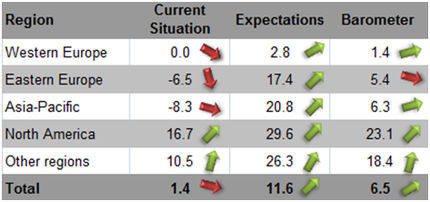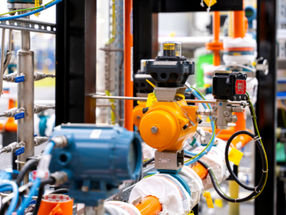Acrylic Ester Market Worth $9,143 Million by 2019
Advertisement
The acrylic esters consumption is projected to grow from 3,198 KT in 2014 to 4,053 KT by 2019, at a CAGR of 4.9% during the same period, according to the report "Acrylic Ester Market by Type (Methyl Acrylate, Ethyl Acrylate, Butyl Acrylate, 2-EH Acrylate) by Application (Surface Coatings, Adhesives & Sealants, Plastic additives, Detergents, Textiles) - Trends & Forecasts to 2019".
The Acrylic ester market is expected to witness a CAGR of 6.3% between 2014 and 2019 in terms of value, and is anticipated to generate a global market value of $9,143 Million by 2019. The report also defines driving and restraining factors for the global acrylic esters market with the analysis of trends, opportunities, burning issues, winning imperatives, and challenges. Some of the drivers include growing increased demand from the emerging markets and the growing applications of super absorbent polymers. The acrylic ester market is experiencing moderate growth, especially in Asia-Pacific and North America, due to the increased applications of super absorbent polymers in diapers and training pants.
The market is forecasted on the basis of major regions, such as North America, Europe, Asia-Pacific, and Rest of the World both by value and volume. The regional acrylic esters & its market is further segmented on the basis of type and their major applications.
The Asia-Pacific region was the world's largest market for acrylic esters both, in terms of volume and value in 2013. China is the key consumer of acrylic esters in Asia-Pacific. Various expansions and new product developments in the acrylic esters industry and the growing applications of super absorbent polymers have in turn made the region a potential growth market for acrylic esters and its market.
Expansion and new product development are the major growth strategies adopted by industry players. Most of the companies are engaged in expanding their existing facilities or are investing in research and development to develop new products to abide by the environmental regulation.
Most read news
Other news from the department business & finance

Get the chemical industry in your inbox
By submitting this form you agree that LUMITOS AG will send you the newsletter(s) selected above by email. Your data will not be passed on to third parties. Your data will be stored and processed in accordance with our data protection regulations. LUMITOS may contact you by email for the purpose of advertising or market and opinion surveys. You can revoke your consent at any time without giving reasons to LUMITOS AG, Ernst-Augustin-Str. 2, 12489 Berlin, Germany or by e-mail at revoke@lumitos.com with effect for the future. In addition, each email contains a link to unsubscribe from the corresponding newsletter.




























































